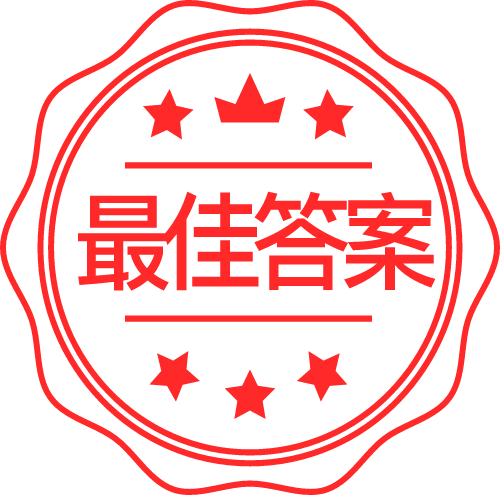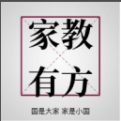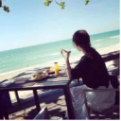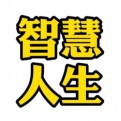1. 主语 + 动词:这是最基本的句式结构。
例如:I play football.
2. 主语 + 动词 + 宾语:动作的执行者(主语)对目标(宾语)进行了动作。例如:The cat catches the mouse.
3. 主语 + 动词 + 地点:表达动作发生的地点。例如:We play in the park.
4. 包含 be 动词的句子:主语与 be 动词(am, is, are)连用。例如:He is a student.
5. 主语 + 动词 + 时间:描述动作发生的时间。例如:They go to school in the morning.
6. 主语 + 动词 + 副词:描述动作进行的方式。例如:She sings beautifully.7. 非实义动词 + 动词:使用非实义动词(如 can, may, must)和实义动词组成句子,表示能力、许可或必须性。例如:I can swim.8. There is/are + 名词 + 地点:描述某个地点有某物。例如:There is a book on the table.9. 疑问句:以助动词开头或动词提前来形成疑问句。例如:Do you like ice cream?10. 否定句:将否定词 not 放在助动词之后或动词前。例如:He does not like vegetables.













